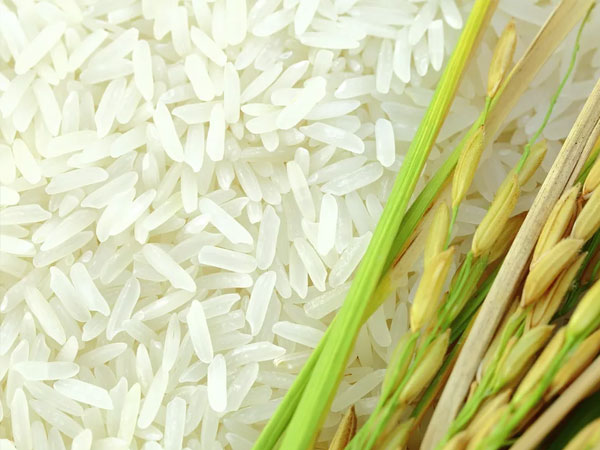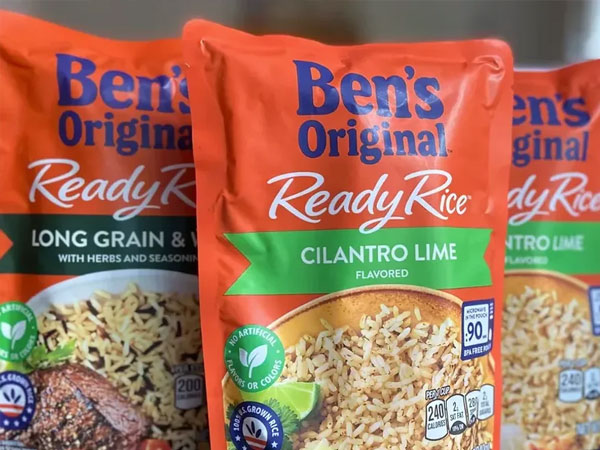With some planning, a single store-bought rotisserie chicken can be stretched to make three meals. Beans and rice can feed a family for a week, without requiring money for meat. And a microwave or a hot plate can be enough to prepare homemade meals.
Online content creators are giving advice on how to keep from going hungry ahead of a possible Saturday halt on benefits that would leave millions of families without access to the assistance program they use to buy food. Without a deal to end the U.S. government shutdown, the Supplemental Nutrition Assistance Program – known as SNAP or food stamps – will be partially funded by the government or, at worst, will cease issuing benefits, this month. Other programs could follow. According to the U.S. Department of Agriculture, SNAP provided an average of $187 a month to 41.7 million people in the financial year ending in 2024.
“It’s one thing to not have money to pay your bills but when you don’t have food, don’t know where your next meal is going to come from, that’s a different kind of stress,” said Natalie Readus, an entrepreneur who posts regularly on TikTok about ways to save money and prepare for a possible recession.
A post last week tallied a list of staples such as rice ($2.99) or canned vegetables (12 for $6) that can help sustain a family for less than $40 a week, garnering more than 270,000 views. Readus, a mom herself, says she has experienced what it’s like to be broke and to be able to cook with only limited ingredients.
“When you hear your kids crying, that’s something else,” she said.
Online creators who can cook on a budget, who have experience living off food assistance themselves, or who are destigmatizing options like going to a food pantry say they are also seeing an increase in traffic to their posts about eating for less. Their comments and direct messages are filled with people panicked about what they’ll do in November as well as those who have enough food but want to know how to help neighbors, a number of creators told the Washington Post.
Sites such as TikTok, YouTube and Instagram have always been filled with advice, but much is lighter fare: outfit ideas, home improvement hacks, skin care routines. As grocery prices have risen in recent years, there’s been more focus on budgeting. On her Dollar Tree Dinners accounts, Rebecca Chobat went viral last year for her videos on how to put together a Thanksgiving dinner from the discount store. Now she’s posting about $10 meals-in-a-bag that use affordable pantry basics that don’t require refrigeration.
Anne Campbell, a mental health professional in Oklahoma, specializes in giving advice from her own generation – millennials – to Gen Zers. She’s interested in everything from financial advice to relationships, but lately her posts on TikTok have included basics about cooking and stocking a kitchen with essentials.
“My grandparents, they survived the Great Depression, and my grandmother was real big on teaching us to be an ingredient home instead of processed foods,” said Campbell, 40, who posts under the handle Daisyunicorn1111. “If you buy individual ingredients it’s going to be cheaper because you can spread it across multiple meals.”
Campbell is also working on a nonprofit that helps people barter and trade goods and services in their communities.
Some creators say they’re aware that having the time, space and physical ability to cook can be a luxury many followers don’t have.
“I always talk about the triangle of time, money and resources,” said Kiki Rough, a 29-year old creator from Northwest Indiana. “Say you are working 16-hour days – sitting there and letting bread rise is not sustainable to you.”
Rough works full time as a head of marketing at a software company but spends about 20 hours a week making content about affordable food for underserved populations. She says it’s a way to transfer the skills she learned when she was on SNAP, after she had to drop out of college for a time and work $8.25-an-hour jobs.
“This week I’m going to heavily lean into beans and lentils, and hopefully I’m going to experiment with different heat sources,” said Rough, who posts to Instagram, YouTube and TikTok and has hundreds of thousands of followers. “Let’s see what we can make in a microwave.”
One of her followers has already started planning ahead, taking advice from Rough and other creators to get by without SNAP.
“I have $400 to the penny left on my food stamp card and I am trying to make it stretch through November and December,” said Chanston Kotouc, 22, a mother of two. “I genuinely never thought I was going to be on government assistance. Then I had my first baby at 19 and realized how expensive day care was, that led me to have to go apply for WIC and SNAP.”
Kotouc said she can’t afford to eat anything prepared or from restaurants. She’s started to stockpile canned and dried beans, and bought extra loaves of bread to keep in the freezer.
Not all of the advice creators are giving out is about food or money. Rough and Readus say they’ve been encouraging followers to help more in their communities.
Shanika Battle, a mom and mortgage expert, says she’s using some of Readus’ tips in her own life, such as purchasing a vacuum sealer to keep food longer and shopping for more pantry staples. In addition, she now shops for the less fortunate and, together with friends, keeps running lists of food to take to the local pantry.
Creators are also giving emotional support to people who could be hardest hit.
Readus has received messages from followers talking about no longer wanting to be here. She said she keeps reminding people, “We can do this and you’re worth it.”
“I think a lot of people mentally shift into maybe I’m a discard of society, maybe I haven’t worked hard enough for this,” Rough said. “You deserve to be fed.”














© Copyright 2025 The SSResource Media.
All rights reserved.